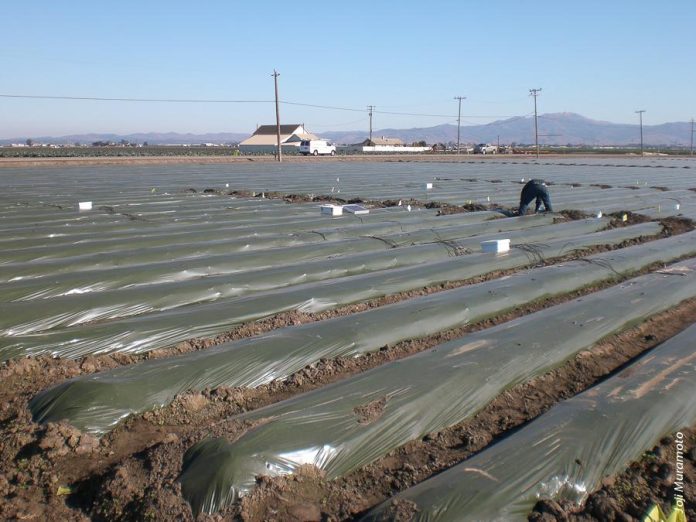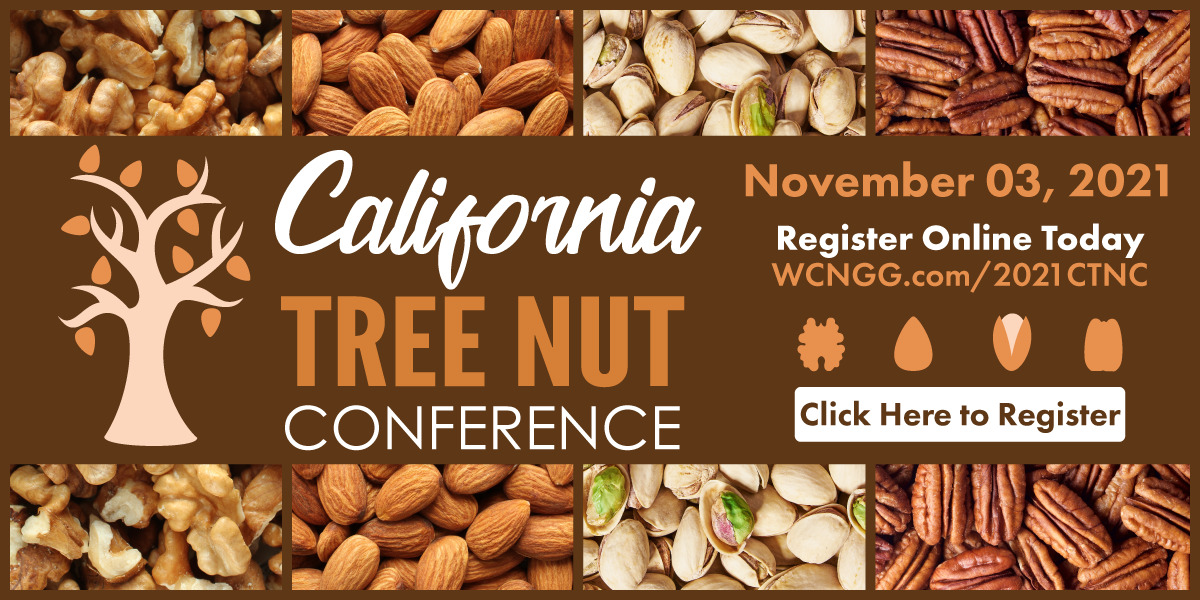
Wilt disease in strawberries caused by the pathogen Fusarium oxysporum forma speciales fragariae is expanding quickly and merits attention from strawberry growers.
Mark Bolda, UCCE strawberry and caneberry farm advisor in Santa Cruz County, emphasized that fumigation operations in infected fields are worth the cost even when using plants resistant to this pathogen. Speaking at the 2021 Crop Consultant Conference, Bolda also noted that crop termination works to improve yields in resistant varieties through the season and in the first half of the season in susceptible varieties.
“Crop termination very much looks like it enhances chloropicrin efficacy in susceptible varieties,” Bolda said.
The majority of the genus Fusarium oxysporum is not pathogenic and is common in soil and around roots. Individual types are specific to host plants. This pathogen does grow on other field crops, but does not thrive, except on strawberries. Infected plants become noticeable from May to June as crowns split and become discolored. Bolda said 80% of the disease load is in the crown of the plant.
Bolda said Fusarium in strawberry could possibly coincide with the reduction and prohibition of methyl bromide. When many plants are diseased at once in a field, that does not necessarily mean the disease came with the transplants. This specific pathogen does not show symptoms at low levels and can augment populations over several successive crops of strawberries. Management of this pathogen consists of sanitation, fumigation, crop rotation and possibly fungicide applications.
He advised minimizing movement of soil from field to field on shoes and equipment to keep from spreading the pathogen to uninfected fields. Crop rotation is at least 18 months before returning to strawberries. The longer the better, Bolda said.
Bolda’s field trial set out to test efficacy of fumigant treatments and crop rotations against the strawberry-specific Fusarium pathogen. Treatments tested were KPAM at 20 gallons per acre and crop termination, Dominus at 20 gallons per acres, Tri Clor 80 at 350 pounds per acre and KPAM drip at 47 gallons per acre. Varieties were Fusarium-resistant San Andreas, Fusarium-susceptible Monterey and Fusarium-resistant Fronteras. Dominus, Bolda noted, is close to being registered in California.
All of the treatments showed significantly higher crop yields in Monterey from April through August compared to the untreated control. The treatment of KPAM plus crop termination then Tri Clor 80 had the highest yields.

















